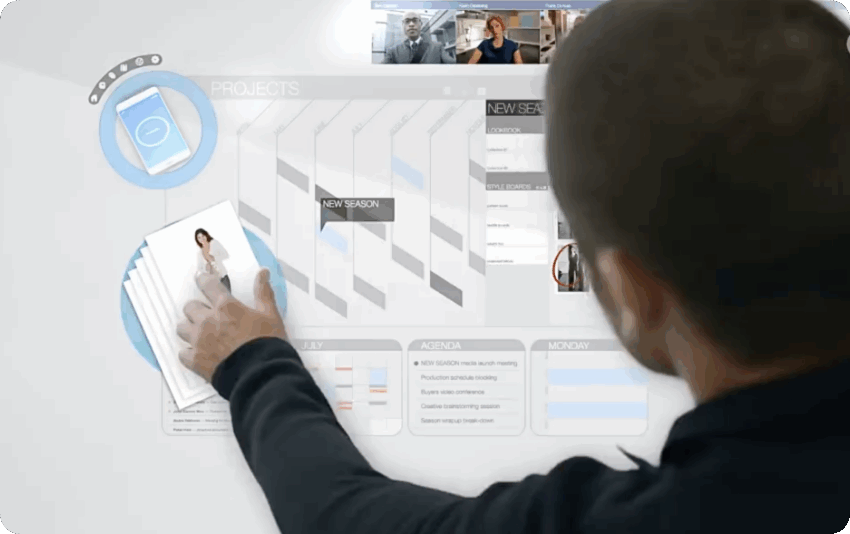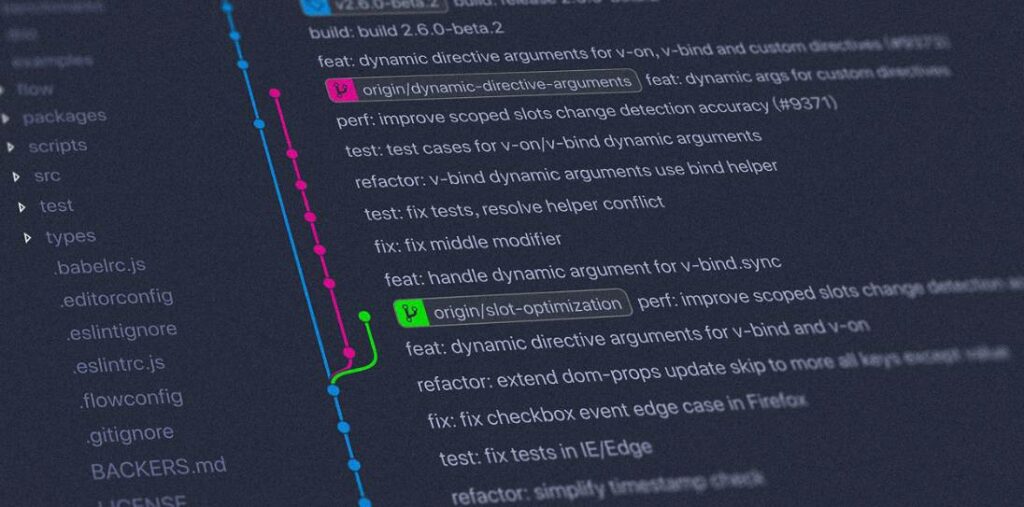In today’s fast-paced digital landscape, businesses are continually seeking innovative ways to enhance productivity and streamline operations. The integration of artificial intelligence (AI) into workflow automation is emerging as a game-changer, reshaping how organizations approach efficiency. This article will explore the latest news, trends, and applications of AI workflow automation, and delve into its advantages for businesses.
In recent years, organizations have experienced a seismic shift in their operational frameworks due to the adoption of cutting-edge technologies. Among these advancements, AI-driven productivity platforms have gained significant traction, allowing businesses to automate repetitive tasks and optimize workflows effectively. According to a report by McKinsey, companies that adopt AI technologies can expect a productivity increase of up to 20% within just a few years (McKinsey, 2021).
AI workflow automation enables businesses to redefine their operational models by integrating intelligent algorithms that can analyze, predict, and execute tasks with minimal human intervention. Such systems are becoming increasingly sophisticated, allowing organizations to harness large volumes of data to drive decision-making processes. Businesses are no longer confined to basic automation; they are now leveraging AI to extend their capabilities, transforming entire workflows across different departments.
**Current Trends in AI Workflow Optimization**
As industries continue to adapt to the digital age, several key trends have emerged in AI workflow optimization. One of the most prominent is the rise of AI-based robotic process automation (RPA). RPA tools empower organizations to automate mundane and repetitive tasks by mimicking human actions. According to Gartner, the global RPA market is expected to reach $2.9 billion by 2022, underscoring the growing need for businesses to optimize their workflows through automation (Gartner, 2021).
Another trend gaining momentum is the integration of machine learning (ML) capabilities within workflow automation platforms. This integration allows systems to learn from historical data and improve their efficiencies over time. By employing data-driven approaches to problem-solving, organizations can identify patterns and insights that lead to better decision-making and increased productivity.
Moreover, natural language processing (NLP) is playing a pivotal role in AI workflow automation. With NLP, businesses can automate customer interactions more effectively, respond to inquiries, and analyze sentiment in communications. Chatbots and virtual assistants are becoming more intuitive, allowing organizations to enhance customer experiences while significantly reducing operational costs.
**Harnessing AI-Driven Productivity Platforms**
Companies across various industries are increasingly embracing AI-driven productivity platforms to enhance their workflows. These platforms often provide a suite of tools that can manage everything from project management and task tracking to team collaboration and communication.
For instance, tools like Monday.com and Asana leverage AI capabilities to streamline project workflows, enabling users to focus more on strategic initiatives and less on administrative tasks. By automating these processes, businesses can increase their overall productivity, reduce error rates, and foster collaborative environments.
Additionally, companies such as Slack have found a way to integrate AI into their platforms by implementing features that prioritize messages or automate responses based on patterns in communication. This enables teams to operate more effectively, eliminating silos and improving overall workplace communication.
**Real-World Applications and Use Cases of AI Workflow Automation**
The application of AI workflow automation spans across various industries, showcasing its versatility and effectiveness. In the healthcare sector, AI-driven technologies are being utilized to streamline patient data management, appointment scheduling, and even medical billing. For example, companies like Zebra Medical Vision employ AI algorithms to analyze medical imaging and assist radiologists in diagnosing conditions efficiently.
In finance, organizations are utilizing AI to enhance their risk assessment and fraud detection processes. By automating data analysis, banks and financial institutions can process transactions in real-time, allowing them to identify inconsistencies more swiftly. According to a study by Accenture, AI could help the financial services industry reduce costs by $1 trillion by optimizing tedious back-office operations (Accenture, 2020).
Manufacturing industries are also benefiting from AI workflow automation, where predictive maintenance and inventory management systems are becoming the norm. AI-based platforms can analyze machinery performance and flag issues before they escalate into costly breakdowns. By implementing these systems, manufacturers can reduce downtime, enhance production efficiency, and ultimately cut costs.
**Challenges and Solutions in AI Workflow Implementation**
While the advantages of AI workflow automation are undeniably compelling, businesses face challenges when integrating these technologies into their existing systems. One significant challenge is resistance to change among employees, as many workers fear job displacement due to automation.
To address this concern, organizations must focus on proper change management strategies that emphasize upskilling and reskilling employees. Training programs that highlight the complementarity of human skills and AI technologies will help ease transitions and reduce misconceptions about job security.
Another challenge is the quality of data used in AI-driven systems. For AI algorithms to be effective, they require high-quality, clean, and structured data. Businesses need to invest in data governance and management to ensure the datasets fed into AI systems are reliable and relevant. Establishing clear protocols for data collection and curation can enhance the effectiveness of AI-driven solutions.
Cybersecurity is also a growing concern as businesses become increasingly reliant on AI technologies. Organizations must prioritize implementing robust security measures to protect sensitive data from cyber threats, ensuring compliance with regulations and safeguarding customer privacy.
**The Future of AI Workflow Automation**
As we look to the future, the potential for AI workflow automation to revolutionize the way businesses operate is limitless. With the continuous improvements in AI technologies, organizations will be able to automate increasingly complex workflows, driving even greater efficiencies.
Additionally, the emergence of AI ethics will play a crucial role in how businesses implement these technologies. Establishing guidelines for responsible AI use will help companies navigate the ethical implications of automation while maximizing its benefits.
In conclusion, the growing trend of AI workflow automation is reshaping operational landscapes across industries. By optimizing workflows and increasing productivity, businesses can harness the power of AI to achieve significant competitive advantages in a rapidly changing world. Embracing change while focusing on effective implementation strategies will be vital to realizing the full potential of AI-driven productivity platforms.
**Sources:**
– McKinsey. (2021). “The State of AI in 2021”.
– Gartner. (2021). “Gartner Says Worldwide Robotic Process Automation Software Revenue is Forecast to Reach $2 Billion in 2020”.
– Accenture. (2020). “How AI could deliver $1 trillion of value to the financial services industry.”.




























